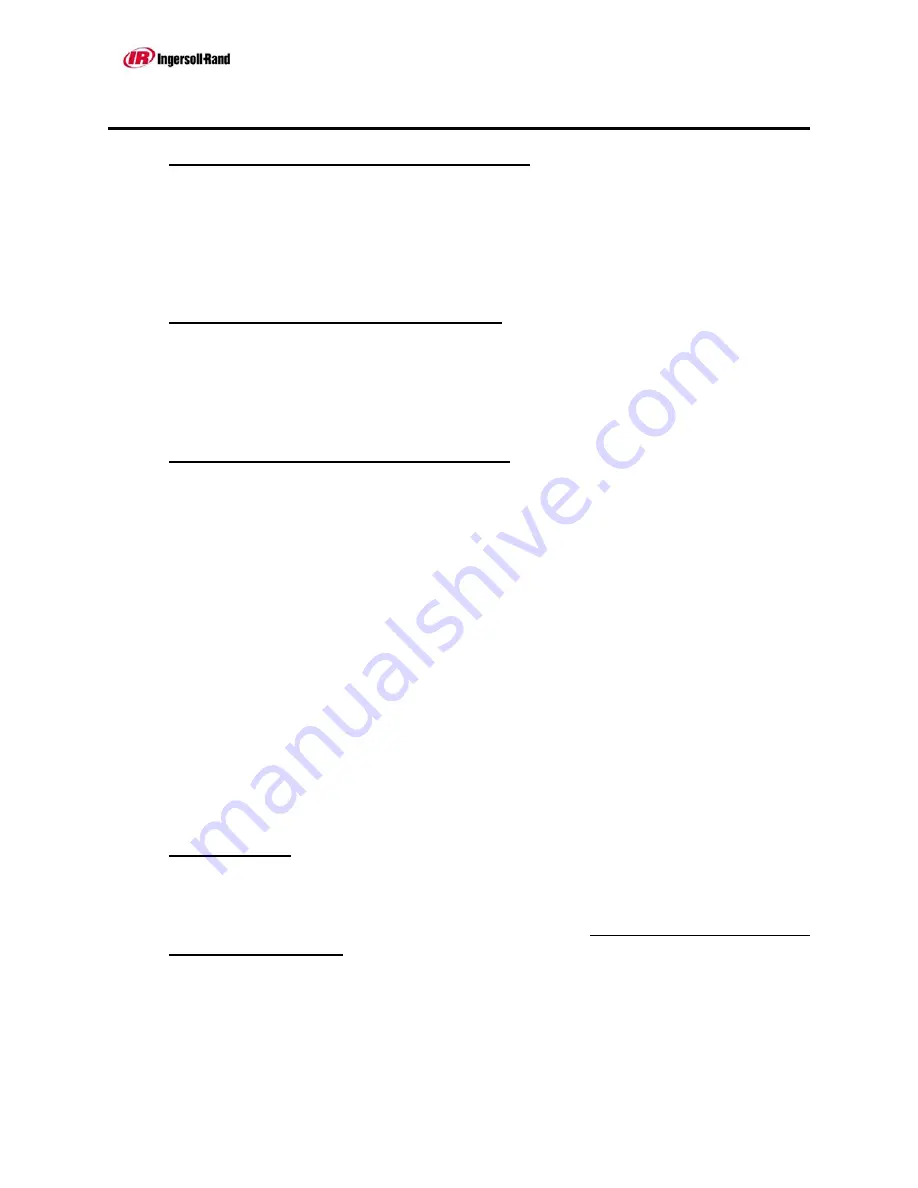
USER MANUAL
Series HC
Reference No. 145 Final Rev 5
Page 49
September 2004
7.8
SPILL, LEAK, & DISPOSAL PROCEDURES
Clean up using dry procedures; avoid dusting.
Waste may be considered as inert material, suitable for landfill.
RCRA Hazardous Waste No.:
Not federally regulated
7.9
SPECIAL PROTECTION INFORMATION
Use with adequate ventilation to meet the exposure limits as listed in Section 7.3.
Where the exposure limit is or may be exceeded, use NIOSH approved respiratory
protection. Select the appropriate respirator (dust respirator, etc.) based on the
actual or potential airborne contaminants and their concentrations present.
7.10
SPECIAL PRECAUTIONS & COMMENTS
Chemical substance components have been reported to the EPA Office of Toxic
Substances in accordance with the requirements of the Toxic Substances Control
Act (Title 40 CFR 710).
None of the materials in this mixture are on the EPA list of extremely hazardous
substances (Section 302 of SARA).
Aluminum oxide is on the toxic chemical list (Section 313 of SARA).
The reportable chemical substances in this product are regulated by the OSHA
Hazard Communication Standard (29 CFR 1910.1200) solely because they are
listed by ACGIH. However, they do not fit any of the five proposed hazard
categories under Section 311 and 312 of SARA.
D.O.T. Shipping Name, Hazard Class, I.D. No. (if applicable): Not regulated
Canadian TDG Hazard Class & PIN: Not regulated
7.11
REFERENCES
American Industrial Hygiene Association (AIHA) Hygienic Guide Series (Revised
June 1978).
U.S. Dept. of Health and Human Services, NIOSH: Registry of Toxic Effects of
Chemical Substances. 1985-86 Edition.
Sax, N. Irving: Dangerous Properties of Industrial Materials. Van Nostrand Reinhold
Co., Inc., 1984.
Information herein is given in good faith as authoritative and valid; however, no
warranty, express or implied, can be made.


































